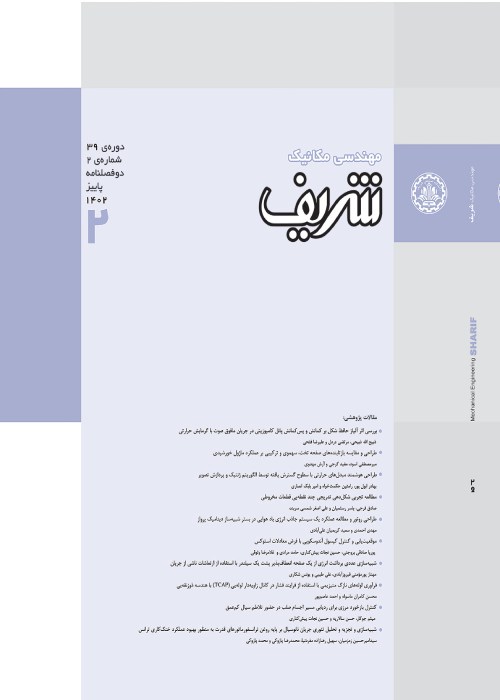Comprehensive study of particle separation in microfluidic devices
Particle separation has received much attention in recent years due to its widespread use in various sciences such as engineering, medicine, and biotechnology. Separation of blood cells, detection of cancer cells, separation, and manipulation of particles of different sizes are among the applications of particle separation in the biomedical field. Lab-On-a-Chip (LOC), micro-total analytic systems (µTAS), and point-of-care diagnostics (POC) are some applications of microfluidic devices. Hence, microfluidics is an interdisciplinary area and has numerous applications in biomedical, chemistry, medicine, disease diagnostics, electronics industry, etc. The use of microfluidic devices has been the focus of attention in the last few decades. These devices have many advantages such as high efficiency, low cost, and environmental compatibility. The unique features of microfluidic devices have led to the use of a variety of techniques for rapid separation of particles with high efficiency. Many progresses have been made over the last two decades in particle separation. The performance of the devices used for separation of particles is evaluated according to the separation time, separation efficiency, and its applications. High separation accuracy can be achieved in continuous microfluidic devices since the volume of fluid in microfluidic devices is very low and their use is characterized by several advantages including low cost and short analysis time. In general, particle separation is performed using both active and passive methods. In the active methods, an external force is used as the driving force and in the passive ones, the particle separation is based on the geometry of the device without the use of external force. Active separation is carried out using magnetic, electrical, acoustic, optic and thermal forces. Passive separation methods for particle size-based separation, filtration, Zweifach-Fung effect, inertia, and Dean vortex as well as microwave separation. In the present work, the active and passive separation methods are described and the governing equations (small-scale flow) and necessary assumptions are considered. Also, the methods of fabrication of microfluidic devices are discussed.
- حق عضویت دریافتی صرف حمایت از نشریات عضو و نگهداری، تکمیل و توسعه مگیران میشود.
- پرداخت حق اشتراک و دانلود مقالات اجازه بازنشر آن در سایر رسانههای چاپی و دیجیتال را به کاربر نمیدهد.


